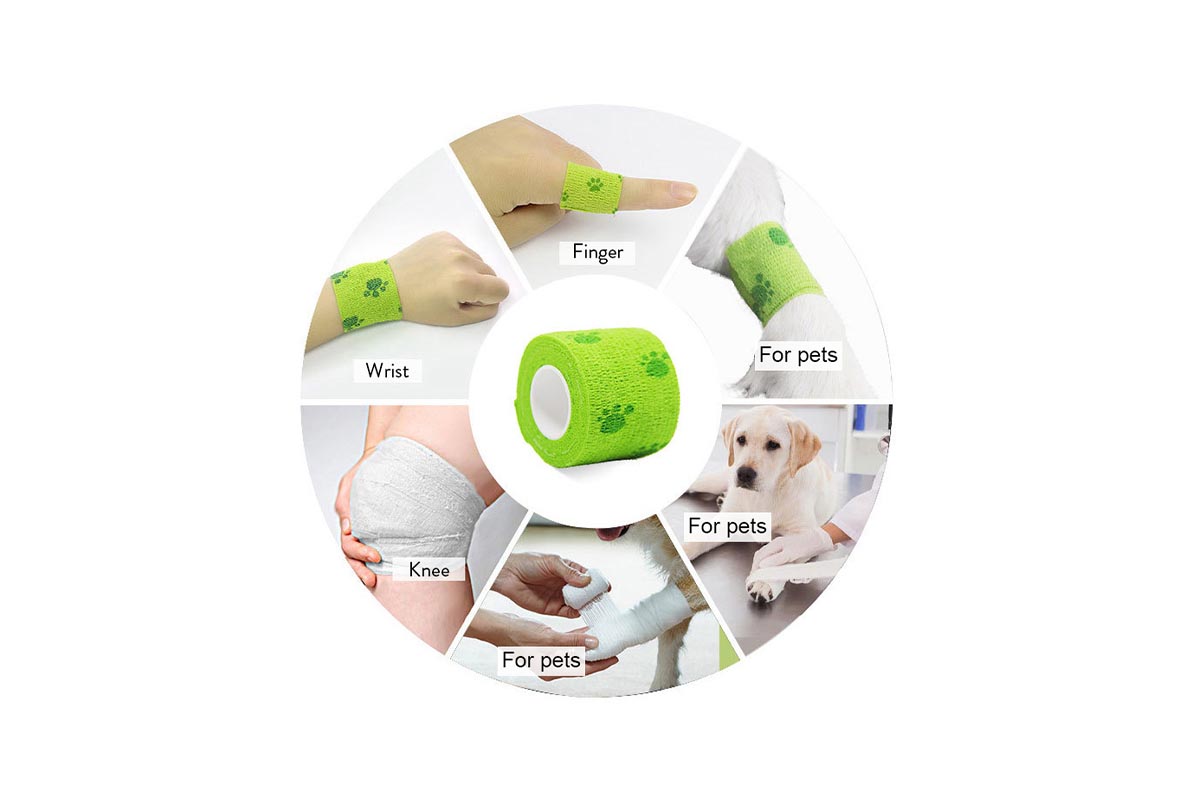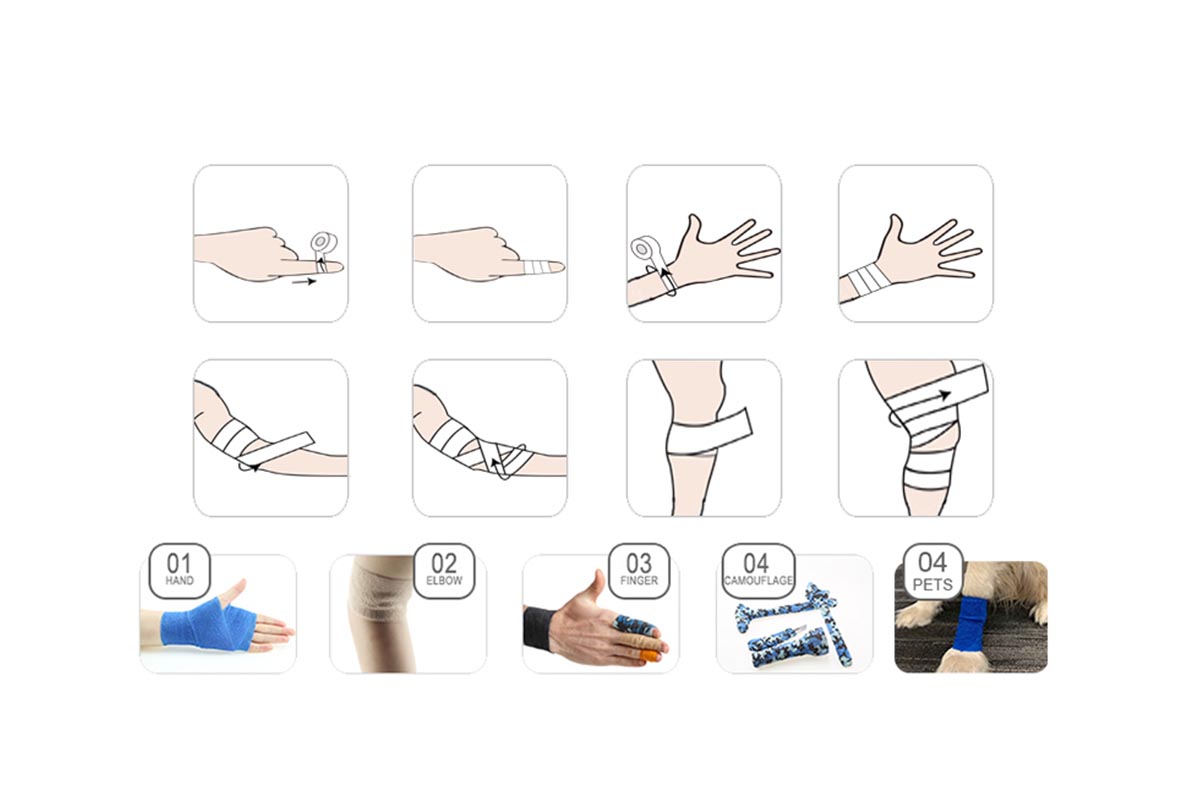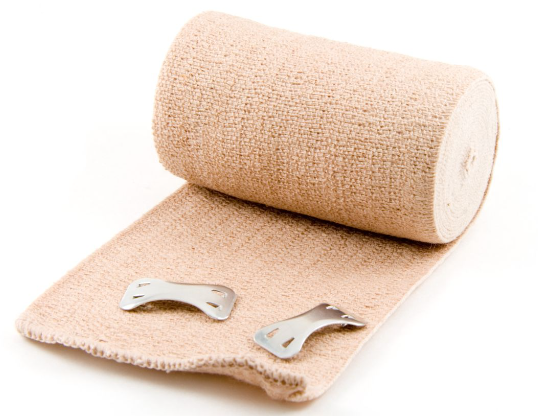Copyright © 2021 Kunshan Yuhuan Package Materials Co., Ltd. All rights reserved.
- 86 0512-50336235
- lulu@suzmc.com
- Sitemap
There are two common terms that come up frequently in the medical supply world: "elastic bandages" and "compression bandages." These two seemingly similar products serve different purposes, but their names often confuse those unfamiliar with the healthcare field. In this comprehensive guide, we aim to reveal the differences and benefits of elastic bandages and compression bandages, shedding light on their unique properties and applications.
Often referred to as elastic or adhesive bandages, common types of elastic bandages include self-adhesive bandages and light EAB tapes, which have a wide range of uses in the medical field. These bandages are made of cotton, medical glue or a combination of both. They are designed to provide support, compression and protection for various types of injuries and conditions.

Elasticity: Elastic bandages are known for their excellent elasticity. They stretch to conform to the shape of the body and provide comfortable, unrestricted support.
Breathability: These bandages are usually breathable, ensuring that the skin underneath the bandage remains well ventilated, reducing the risk of complications due to moisture.
Securing: Most elastic bandages are self-adhesive, which means they can be easily secured in place without the need for additional fasteners such as clips or pins.
Applicability: Elastic bandages are used for a wide range of applications, from immobilizing dressings to providing support for sprains and strains.

Anti-slip: The self-adhesive bandage prevents slippage and ensures that the bandage stays in place during activity or movement.
Comfortable fit: The elasticity and breathability of elastic bandages allow for a comfortable fit, reducing discomfort and irritation.
Affordable: these bandages are cost-effective and can be used for a variety of purposes, making them a great addition to any first aid kit.
Easy to Use: The tape is self-adhesive and can be torn for easy cutting and application.

Compression bandages, on the other hand, are designed with a specific purpose in mind – to apply consistent pressure to a particular area of the body. They are predominantly used to manage conditions that require compression therapy, such as venous leg ulcers or edema.
Pressure gradients: Compression bandages are available in different pressure gradients, allowing the healthcare provider to choose the most appropriate level of pressure for the patient's condition.
Multiple layers: Many compression bandages consist of multiple layers, each with a specific function to provide optimal compression and support.
Specialized materials: These bandages are usually made of short-stretch or long-stretch polyester, which helps maintain a steady pressure.
Different lengths: Compression bandages are available in different lengths to accommodate different body parts and patient needs, they cannot be torn by hand and cutting requires the use of tools such as scissors.

Edema Management: Compression bandages are highly effective in reducing edema (swelling) and improving venous blood flow in conditions like venous leg ulcers.
Customizable: The ability to select different compression gradients and lengths allows for a tailored approach to patient care.
Clinical Efficacy: Compression bandages are widely recommended by healthcare professionals for their clinical effectiveness in managing specific medical conditions.
While both tapes are very flexible and breathable, they are very different:
Different Materials: Elastic bandages are usually made of cotton as the main raw material, which is very breathable and sweat-absorbent. Pressure bandages are made of polyester, which is more elastic and abrasion-resistant.
Sticky Different: elastic bandage has its own sticky, can be very easy to paste the use, do not need to use other fixed tools. Pressure bandage itself does not have glue, need to use additional clips to fix the use of.
The use of Different Scenes: elastic bandage support strength is lower, and is a one-time use, can not be reused. Compression bandages are made of high quality synthetic fibers with long-lasting elasticity, provide you with good compression, are washable, reusable, and have a richer structure.
In the realm of medical supplies, understanding the differences between stretch bandages and compression bandages is crucial. Both serve vital roles in patient care, but their applications and characteristics are distinct.
Stretch bandages offer versatility and are suitable for a wide range of applications, making them a staple in first aid kits. On the other hand, compression bandages are tailored for specific medical conditions that require targeted pressure and edema management.
Understanding these differences will allow you to choose the right bandage for your needs.EONBON is a bandage manufacturer with 18 years of experience, if you would like to know more, please contact us today.
Website:www.yhtape.com Email:lulu@yhtape.com WhatsAPP:+86 159 6260 3054